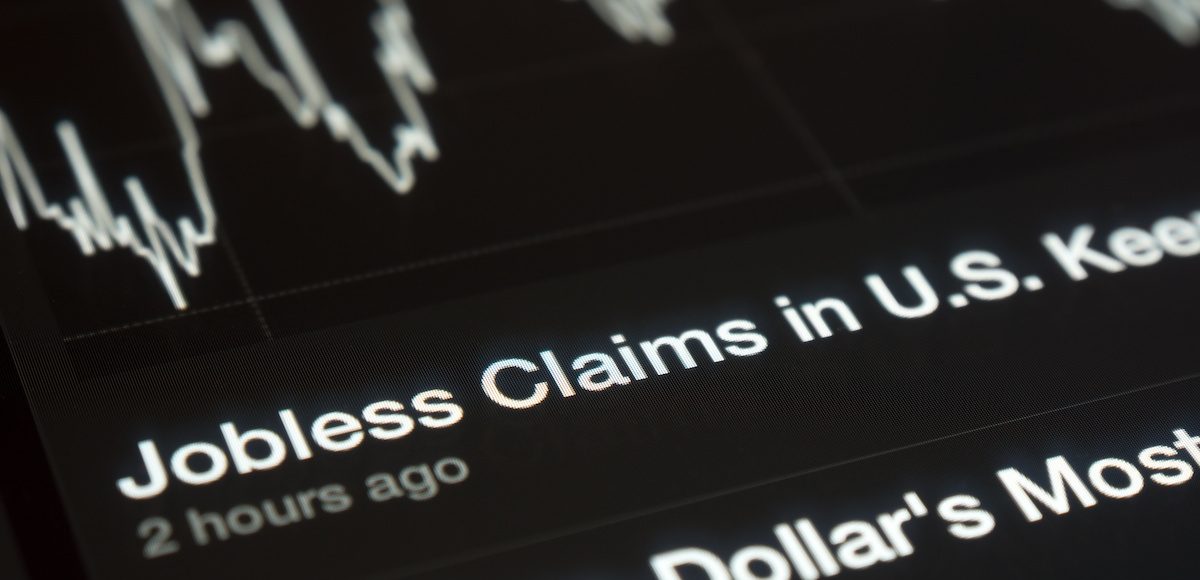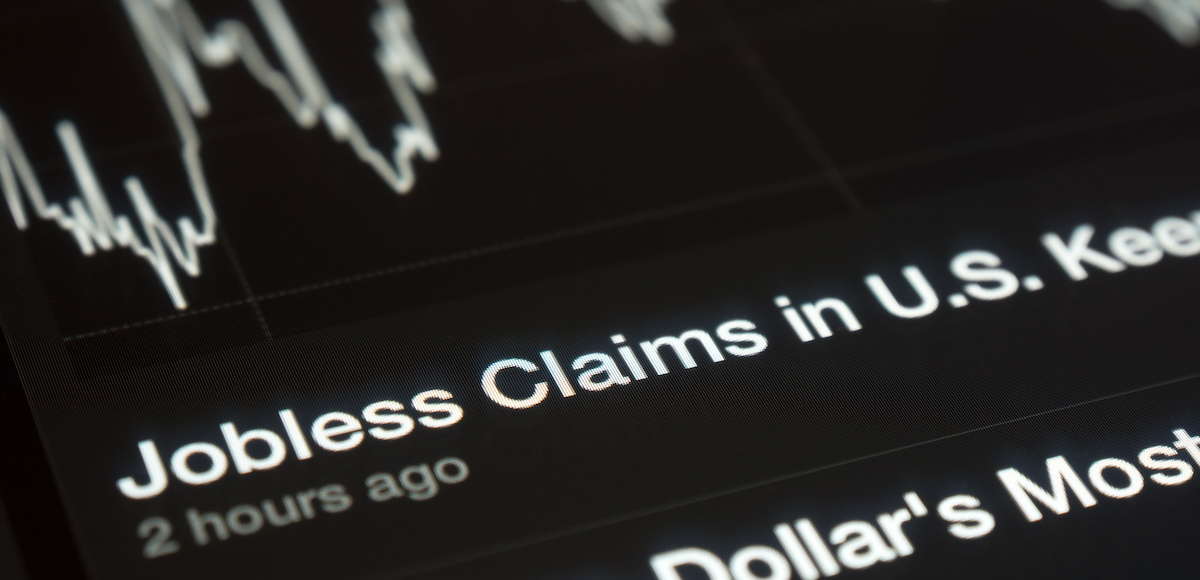

U.S. jobless claims graph on a tablet screen. (Photo: AdobeStock)
The Labor Department (DOL) reported initial jobless claims came in at a seasonally adjusted 214,000, up 7,000 from the previous week’s unrevised level of 207,000. The 4-week moving average came in at 209,500, a gain of 2,500 from the previous week’s unrevised average of 207,000.
The advance seasonally adjusted insured unemployment rate was unchanged at a very low 1.2% for the week ending September 29. The advance number for seasonally adjusted insured unemployment during the week ending September 29 was 1,660,000, an increase of 4,000 from the previous week’s revised level.
The previous week’s level was revised up 6,000 from 1,650,000 to 1,656,000.
The 4-week moving average declined by 10,000 from the previous week’s revised average to 1,656,000. This is the lowest level for this average since August 18, 1973 when it was 1,646,750. The previous week’s average was revised up by 1,500 from 1,664,500 to 1,666,000.
No state was triggered “on” the Extended Benefits program during the week ending September 22.
The highest insured unemployment rates in the week ending September 22 were in New Jersey (1.9), Alaska (1.8), California (1.7), Connecticut (1.6), Puerto Rico (1.6), Pennsylvania (1.5), the District of Columbia (1.3), Massachusetts (1.3), Nevada (1.3), and the Virgin Islands (1.3).
The largest increases in initial claims for the week ending September 29 were in South Carolina (+1,040), Ohio (+442), Illinois (+412), Minnesota (+213), and Iowa (+148), while the largest decreases were in North Carolina (-4,796), Kentucky (-4,625), California (-960), New York (-841), and Texas (-547).





